Company history
Filzfabrik Wurzen GmbH is one of the oldest and most renowned industrial manufacturers of conventional wool felts. Our expertise dates right back to the year 1783, when J.D. Weickert first went into business in Leipzig.
Customers associate the town of Wurzen in Saxony with felt products of the highest quality and refinement. Piano builders in particular appreciate our specialty felts, which are used as hammerheads or dampers on grand pianos and upright pianos all around the world.
-
Founding of the company
The entrepreneur Johann Dankegott Weickert laid the foundations for the company by opening a workshop for optical instruments and devices in Leipzig. His son and successor August Moritz Weickert expanded the company to become major wholesaler for tools and ironware items.
1783
-
The invention and refinement of the fortepiano was an important development for the growth of this company. Once it had been observed that felt was ideal for use in the generation of sound, hammerhead felts started to be developed.
Late 18th century
-
Development of hammerhead felts
Friedrich Wilhelm Patzschke, who ran a small wool-trading company in Leipzig with his son Carl Wilhelm Patzschke, successfully manufactured a fortepiano felt for the first time in Germany in 1847. This felt product was practical to use and replaced the leather covering of earlier hammerheads.
1847
-
Industrial production
With the aim of starting industrial production, the Patzschke father and son discussed finance with August Moritz Weickert in order to consolidate and expand the strong, growing sales to local piano builders.
Production of fortepiano felts was begun on behalf of the Weickert company, which also bore the initial costs. Carl Wilhelm Patzschke was the manager of the manufacturing process in his capacity as a director with specialist expertise.
1847
-
First steps
Production started in rented facilities in Werdau, close to Zwickau. However, the contaminated water and smoke-polluted air here were not conducive to the production of white felt. The search for a new location began.
1848
-
Production moved to the Golzern watermill close to Grimma, near Leipzig
However, this facility on an island in the Mulde river was not flood-protected and soon proved to be too small. In response to increasing demand, a new site on the Mühlgraben channel in nearby Wurzen was purchased.
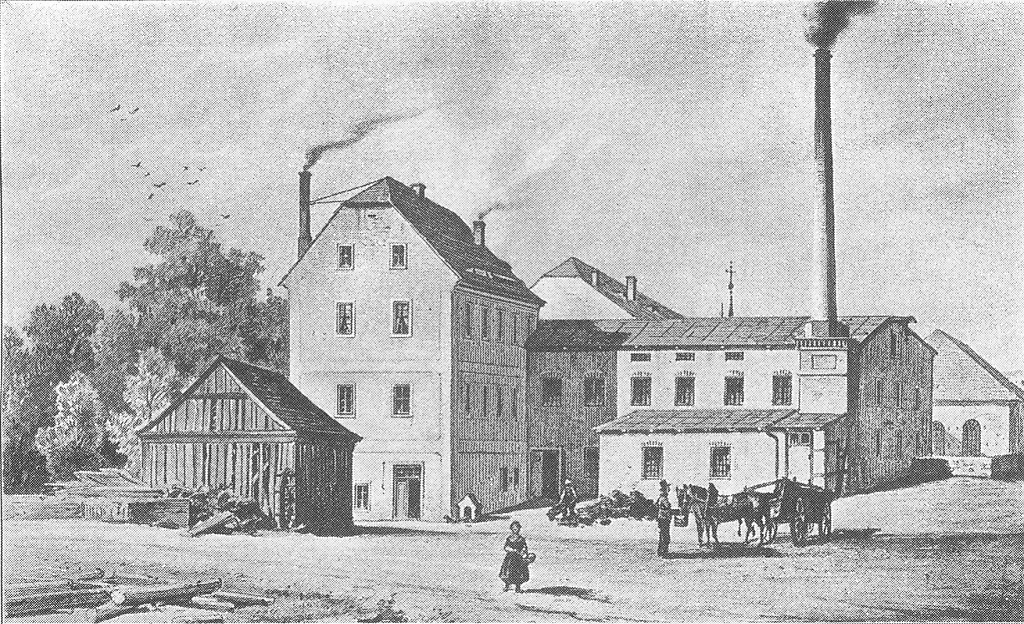
1850
-
Medals and awards won at events such as the 1850 Industrial Exhibition in Leipzig or the World Fairs held in 1851 in London and in 1867 in Paris raised the company’s profile around the world.
Visits by Kings of Saxony to Golzern and later to Wurzen were also regarded as special recognition.
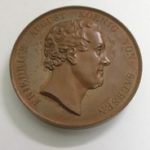
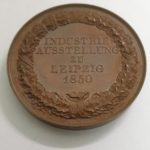
1850-1867
-
Move to Wurzen
In 1861, the company moved to Wurzen, where new buildings and production halls were constructed as part of a significant further increase in production capacities. The new facilities included an administrative building and a boiler house with a steam engine to drive various fulling and felting machines.

1861-1881
-
A villa was built on the factory site in 1883/84. Three generations of the Patzschke family lived here and ran the felt factory.
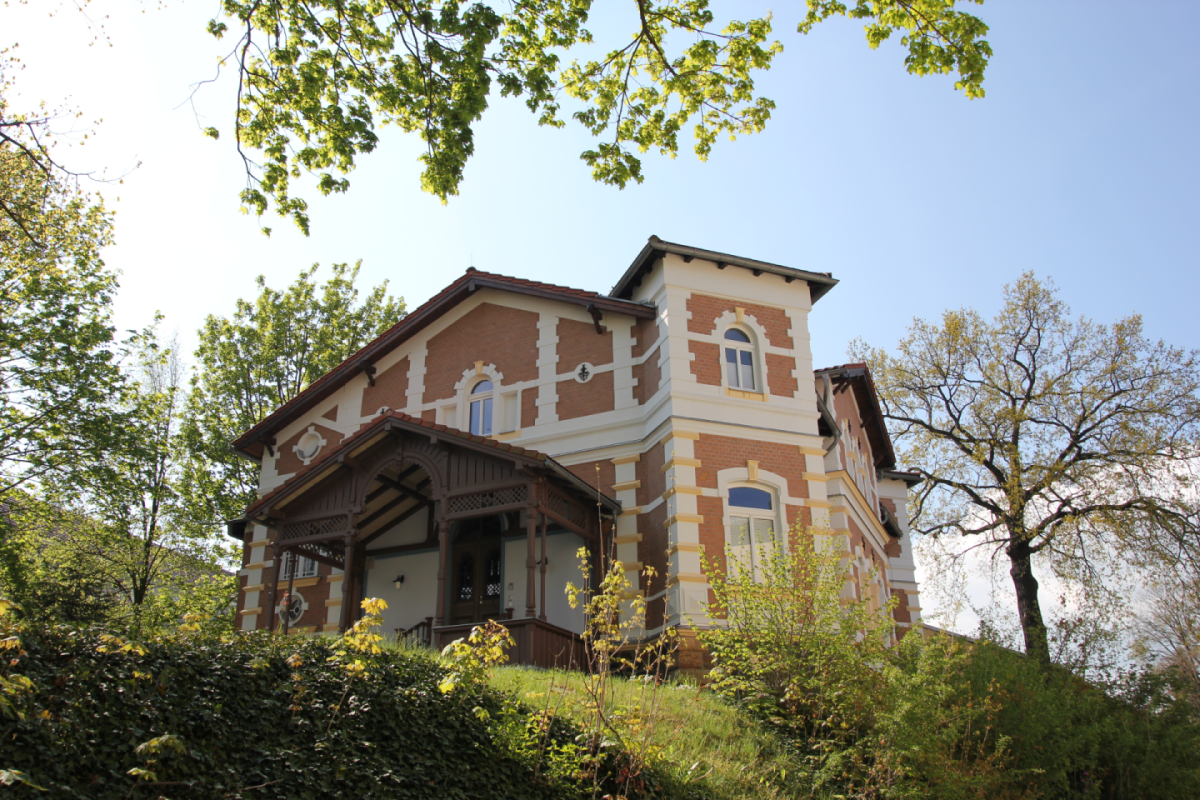
(Here you can see a picture of the villa, as it looks nowadays)
1883 / 1884
-
By this time, felt for around 200,000 upright and grand pianos was being produced in Wurzen every year. The main sales markets were the United States – primarily to Steinway in New York – along with France, the United Kingdom, Sweden, Italy, Denmark and Russia.
1903
-
Expansion of the product range
The range of products offered by ‘J.D. Weickert Filzfabrik’ was expanded on an ongoing basis with the addition of new technical felts. Alongside piano felts, there were now products such as endless felts for the paper industry (felt manchon), abrasive and polishing felts, and other specialty felts.
The company had 85 employees around 1889, but this had grown to 350 by 1925.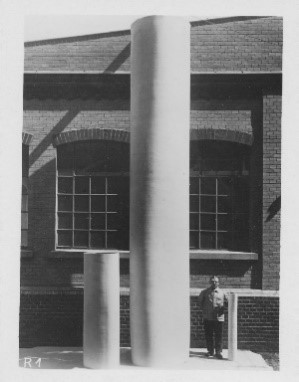
1900-1918
-
As a consequence of the Great Depression in the 1920s, the company was converted into a joint stock company.
1929
-
This aerial photo shows the felt factory around the time of its 150th anniversary.
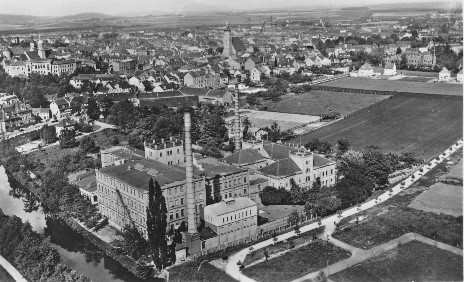
1933
-
Political upheaval
In 1951, the company was placed under the control of a trustee agency and was ultimately nationalised, after which it was known as ‘VEB Filzfabrik Wurzen’.
1951
-
In 1975, Wurzen became the main location of the ‘VEB Technische Filze’ state company, an amalgamation of twelve factories for felt and felt products located in the German Democratic Republic. Even though the funds available for investments were very limited, production quantities increased continuously to meet the needs of industry in East Germany and to drive exports to other Eastern European countries
1975
-
When the political system in the German Democratic Republic collapsed, the company was again placed under the control of a state trustee company in 1990.
1990
-
After the reunification of Germany, the Brand family acquired the Wurzen factory from this agency with the consent of the descendants of the Weickert family. Significant investments were undertaken to make the factory competitive again.
The focus of these efforts was on raising quality standards, resuming production of specialty felts and producing customer-oriented products. The number of employees at the time of this new beginning was 30, and the aim was to re-establish piano felts as the company’s flagship product.
1991
-
In response to requests from hammerhead manufacturers and piano builders for ‘old’ Wurzen felts, Filzfabrik Wurzen GmbH presented initial prototypes of hammerhead felt at the Frankfurt Music Trade Fair. Initial orders were placed by customers in Germany and around Europe.
1992
-
As sales grew, customers from the Far East (Japan and Korea) also became interested in hammerhead felt from Wurzen and began to carry out tests with our products. From 2000 onwards, we started exporting to China too.
1995-2000
-
Sales figures for hammerhead felt continued to grow steadily, while piano building increasingly shifted to Asia and, in particular, to China.
Early 21st century
-
As a result of higher demand for hammerhead felt, Filzfabrik Wurzen GmbH increased its capacity by expanding its production facilities.
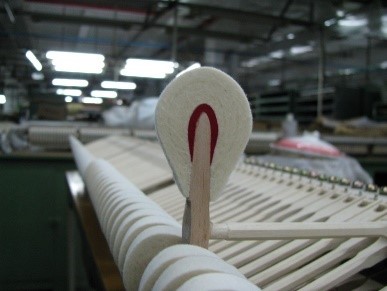
2009 / 2010
-
The development and introduction of the ‘Weickert Spezial’ quality category represented a direct link back to the company’s very beginnings as the ‘Pianofortefilzfabrik J.D. Weickert’ factory for pianoforte felts. Development work on all quality levels was intensified in order to meet customer requirements and wishes.
2010
-
Felt production in the area of hammerhead felts grew to a level last attained in 1903! Felt sheets for over 200,000 upright and grand pianos are currently produced every year in Wurzen.
Hammerhead felts from Wurzen are again a renowned brand name around the world. The terms ‘Wurzen felt’, ‘FFW felt’ and ‘Weickert felt’ roll off the tongues of customers and specialists all around the globe.
2019
-
30 years on from the re-privatisation of the company by the Brand family, 150 employees now produce a diverse range of specialty products that are used in almost every conceivable industry and sector. ‘Filzfabrik Wurzen GmbH’ supplies its products to clients all around the world and has succeeded in breathing new life into long-standing traditions and past glories.
We are very much looking forward to writing new chapters in our long history.
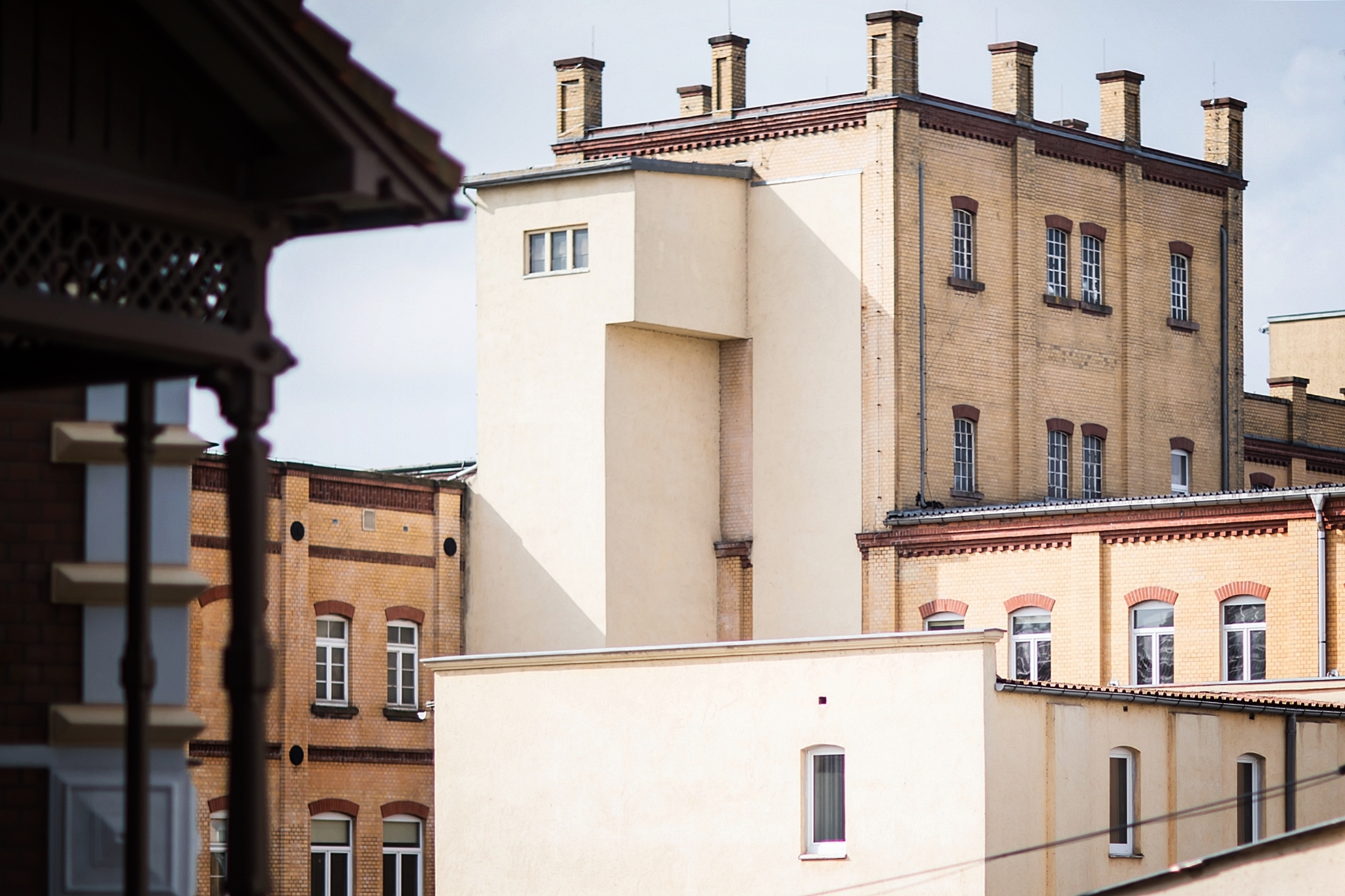
2021
